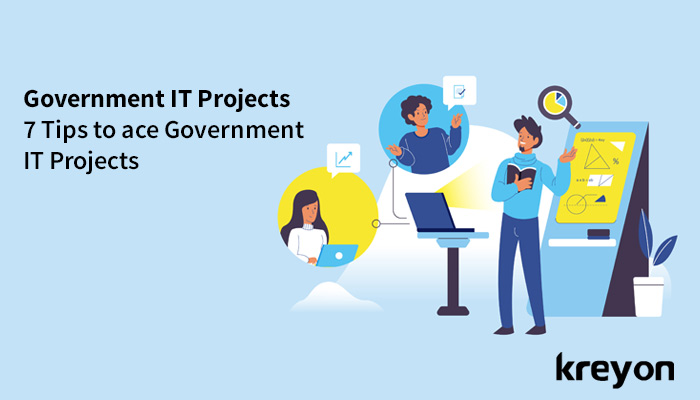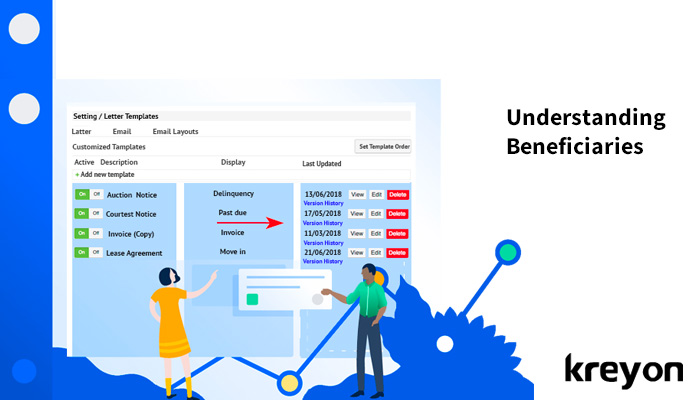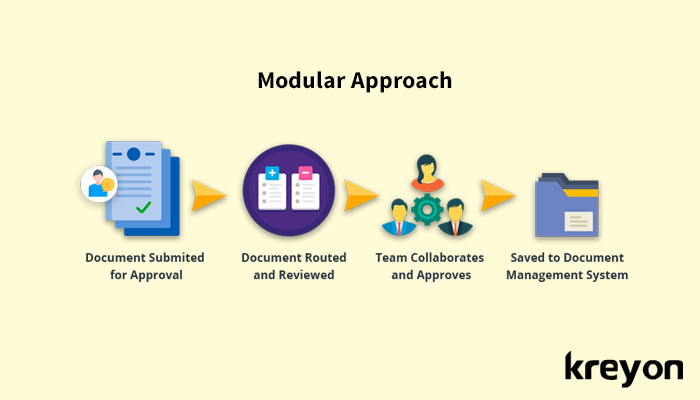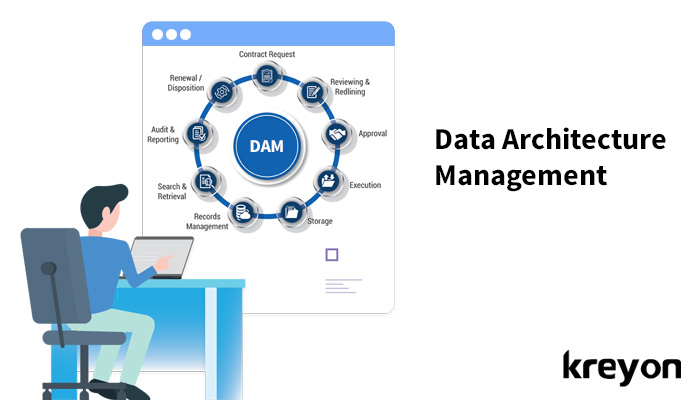Government IT Projects: 7 Tips to ace Government IT Projects

Government IT projects are prone to time and budget overruns. The government spending on IT & automation is on the rise. The policy making, e-governance initiatives and administration is being driven more by software & automation than ever in the past. The digital India mission and several other government initiatives are providing great opportunities for companies to make their mark with technology.
Government IT projects involve thorough analysis, background work and quality execution to meet desired objectives. Managing these projects requires a seasoned approach. The government IT projects are not the usual enterprise software projects, because the stakeholders, needs and objectives are different. Here’s a look at some of the best practices for successful implementation of the government IT projects.
1. Understanding Beneficiaries

Many of the government policies and incentives are aimed at facilitating resources to the beneficiaries. These beneficiaries are common citizens. Most of these citizens lack the know-how of technology. So, it becomes important to design and build end to end systems where the beneficiaries can use it effectively.
An integrated approach to the project is a key requirement for meeting the needs of government IT solutions. The project should also be rolled out at the earliest to the beneficiaries so that early inputs and feedback can be accommodated in time.
2. Key Objectives & Scope of Work
The scope of work, project objectives and the actual needs from the system may be different. Many government projects may have hidden work involved. It requires explicit documentation with key stakeholders to zone into the needs of the projects.
When your team is implementing government IT projects, it needs to spend more time understanding the client environment and their needs. A thoroughly documented scope of work detailing various aspects of the processes, work and signed off by government authorities can set the ball rolling.
Even with all the documentation, regular meetings, & discussions, you may end up with last moment surprises. The scope of work needs constant validations in the client environment and implementation of the right solution can be done with right communication.
3. Modular Approach

Government projects require due diligence and systematic approach. Even seemingly simple requirements like implementation of a document management solution can have fairly involved execution cycles. For e.g. digitizing documents for a department could involve terabytes of data.
So, it is best to adopt a modular approach to implementation. When the project is rolled out in a modular way, it is easier to make it successful. The execution entails testing out the technology with the real world data and processes. There could be some typical optimizations and enhancements needed to make users adopt the system in practice. The phased roll out of the project can be prioritized with the key personnel in the government.
4. Co-ordination between People & Departments
A government project typically involves several departments, offices and people. Establishing the right co-ordination is the first step for project implementation. The project communication plan, stakeholder involvement and sign off from authorities involved are needed at every stage for delivering the right software solution.
Government departments work in silos. They are rarely informed about the initiatives, needs and processes of the other departments. Hence it is imperative to establish connect across departments and get them on the same page. Government IT projects eliminates redundancies, inefficiencies and duplication of work across departments by implementing the right solution.
5. Getting Users on Board

To understand the way government offices work, you have to spend time with their employees. Building a system without proper understanding of the people who are going to operate your system will result in failures. The average government employee is not very adept at technology.
He is concerned about the change with the new system, his lifestyle and comfort zone is challenged. So, your team needs to address and pacify their concerns. The end goal of the system is to help improve the way the average employee or user spends his day. The system should be able to make his work easier, more effective and transparent. Technology and software only works when it has the buy in from the people who will use it.
6. Stick to the Deliverables
One of the most common reasons for failure of government IT projects is scope of work. There are difficulties in defining the right requirements, use cases are complex, and people want to do everything at once. All these can be a recipe for disaster.
So, what’s the solution? Well, you have to stick to the plan. Say, not to everything else. Do not try to accommodate last minute needs just to please people. Half cooked needs, undocumented work and increasing functional needs have to be avoided at all costs.
A phased implementation approach can be agreed upon. If something needs to be added to the ongoing project, it can be done as an addendum or a new project. It will save your existing project from getting derailed.
7. Data Architecture Management

The government organizations are getting increasingly concerned about their data. The security, audit and compliance needs for a government project need to be handled methodically. Apart from the security measures and best practices for the data, the IT Partner for government projects should also provide back-up plan for data.
The IT partner can provide a detailed plan on data storage, retention and archival for the project needs. Data storage is critical to the success of the project. The data can also be used for providing useful policy initiatives for the government based on usage patterns of the application.
Kreyon Systems works with key government organizations to make their services available electronically. The success rate of government IT projects is significantly improved with proper planning to achieve service improvements & efficiency gains. If you have any query, please get in touch with us.
